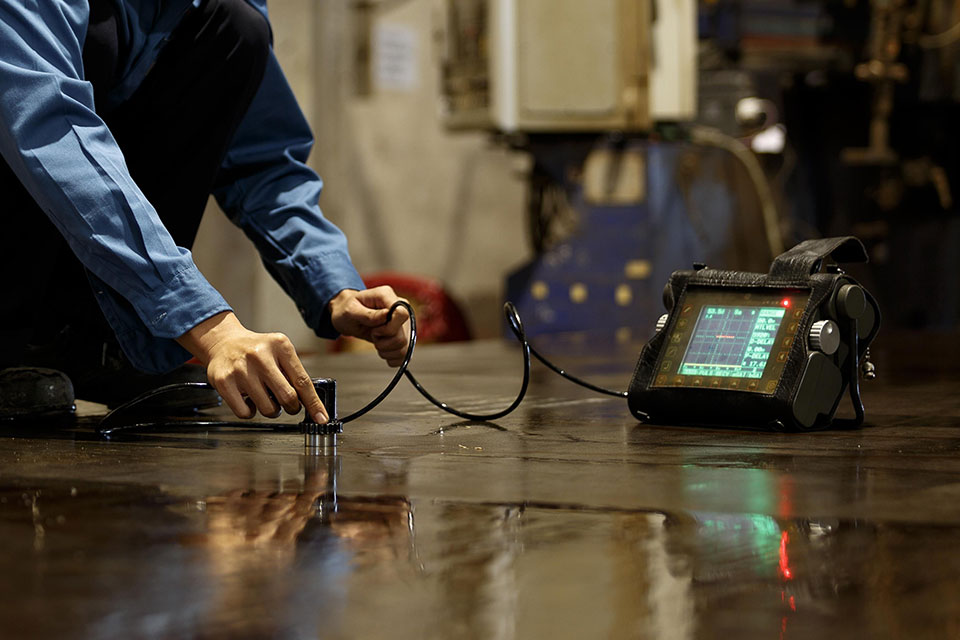The world of quality assurance and inspection has seen significant advancements over the years, particularly with the advent of synchronization in X ray inspection tools. These tools have transformed how industries ensure product integrity and safety. For industry QA professionals, understanding the nuances of synchronization in these tools is crucial for maintaining high standards.

What is Synchronization in X Ray Inspection Tools?
Synchronization in X ray inspection tools refers to the harmonization of various components and processes within the inspection system to work seamlessly. This ensures that the timing of X-ray emissions, image capturing, and data processing occurs in a coordinated manner, leading to more precise and reliable inspection results.
The Importance of Synchronization
In the realm of quality control, accuracy is paramount. Synchronization not only enhances the precision of X-ray inspections but also improves the efficiency of the entire inspection process. By ensuring that all parts of the inspection system work in unison, synchronization reduces the likelihood of errors and increases the reliability of the inspection results.
Enhancing Accuracy
One of the primary benefits of synchronization is the enhancement of inspection accuracy. When all components of the X-ray inspection system are synchronized, images captured are clearer and more detailed. This allows for better defect detection and analysis, which is critical in industries where safety and quality are non-negotiable.
Improving Efficiency
Efficiency in inspection processes translates to cost savings and increased productivity. Synchronization ensures that inspections are completed faster without compromising on quality. This is particularly beneficial in high-volume manufacturing environments where time is of the essence.
Key Components of Synchronization
For synchronization to be effective in X-ray inspection tools, several key components must be considered:
Timing Control
Precise timing control is crucial for synchronization. This involves ensuring that the X-ray source, detectors, and image processors are all aligned in terms of timing. Proper timing control minimizes delays and ensures that the inspection process flows smoothly.
Data Integration
Data integration is another vital component. Synchronization facilitates the seamless flow of data between different parts of the inspection system, ensuring that information is processed efficiently and results are accurate.
Software and Hardware Coordination
Effective synchronization requires both software and hardware components to work harmoniously. This coordination ensures that the inspection tools operate optimally, leading to better performance and more reliable results.
Applications of Synchronization in Various Industries
Synchronization in X-ray inspection tools is used across various industries, each with its unique requirements and challenges.
Automotive Industry
In the automotive industry, synchronization is crucial for inspecting complex components such as engines and transmissions. Ensuring that these components are free from defects is essential for vehicle safety and performance.
Aerospace Industry
The aerospace industry relies heavily on X-ray inspection for the integrity of critical components. Synchronization ensures that inspections are thorough and accurate, which is vital given the high stakes involved in aerospace operations.
Electronics Industry
In electronics manufacturing, synchronization aids in the inspection of circuit boards and other intricate components. Accurate inspections are crucial to prevent failures in electronic devices.
Challenges in Implementing Synchronization
While synchronization offers numerous benefits, implementing it in X-ray inspection tools can present challenges.
Technical Complexity
Achieving effective synchronization requires a deep understanding of the technical aspects of X-ray inspection tools. This can be challenging, especially for industries that lack the necessary expertise.
Cost Considerations
Implementing synchronization may involve significant upfront costs, particularly in terms of upgrading equipment and software. However, the long-term benefits often outweigh these initial expenses.
Need for Skilled Personnel
Proper synchronization requires skilled personnel who are trained in both the technical and operational aspects of X-ray inspection tools. Finding and retaining such talent can be a challenge for many organizations.
The Future of Synchronization in X-Ray Inspection
As technology continues to evolve, so does the potential for further advancements in synchronization. The integration of artificial intelligence and machine learning is set to revolutionize how synchronization is implemented in X-ray inspection tools.
AI and Machine Learning
AI and machine learning can enhance synchronization by providing real-time adjustments and optimizations during the inspection process. This leads to even greater accuracy and efficiency.
Increased Automation
The trend towards automation in inspection processes will continue, with synchronization playing a key role in ensuring that automated systems function correctly and efficiently.
Conclusion
Synchronization in X ray inspection tools is a critical component in ensuring that inspections are both accurate and efficient. For industry QA professionals, understanding and implementing synchronization can lead to significant improvements in product quality and safety. As technology advances, the role of synchronization will continue to grow, offering new opportunities for innovation and improvement.

FAQs
What are the benefits of synchronization in X-ray inspection?
Synchronization enhances accuracy and efficiency, leading to more reliable inspection results.
How does synchronization improve inspection accuracy?
By ensuring that all components of the inspection system work in harmony, synchronization reduces errors and improves image clarity.
What industries benefit the most from synchronization in X-ray inspection?
Industries such as automotive, aerospace, and electronics benefit greatly from synchronized X-ray inspections.
For more insights on synchronization, you can visit this external link.
Additionally, you can explore internal resources on calibration tests, frequency in maintenance, and crack detection.
This article contains affiliate links. We may earn a commission at no extra cost to you.
